‘Getting Prepared to Have Right Material Base’: Chemistry in Biorefinery in New Report
As economies are moving closer to a substantial fossil fuel phase-out, the need increases for a total overview of what the bio-based sector can bring to the table to replace it.
Bio4Energy researcher Carlos Martín Medina, Biopolymers and Biochemical Conversion, has spearheaded one such initiative giving an overview of how far we have come in terms of knowing the chemistry of the processes in factories where biofuels, “green” chemicals or bio-based materials are made: Biorefineries.
Together with colleagues from Spain and Italy, he has drawn together the latest advice from a range of international scientists on the Chemistry in Biorefineries and what substantial issues remain, in a new report.
“We are all concerned about [the consequences of using] fossil fuels. We need a clear idea of the post-petroleum era. We are getting prepared to have the right material base”, Martín told Bio4Energy Communications in an interview.
“What we are contributing with here is a representative overview of recent updates of known issues in biorefineries. These are novel contributions by first line scientists”, Martín said.
The Cuban native is one of Bio4Energy’s truly international PIs, bridging a position between Umeå University, Sweden and the Inland Norway University of Applied Sciences, Norway.
“What we are contributing with here is a representative overview of recent updates of known issues in biorefineries. These are novel contributions by first line scientists”.
As always when it comes to making commodities—even such that people will want to consume in the future—ventures have to be economically viable, as well as socially and environmentally sustainable.
“It is important to know the chemistry of [every] single process to be able to optimise and achieve higher yields and purity, and to avoid side reactions. In a biorefinery the first goal is to separate the three main components of biomass in the best way possible, so that each can be directed to different end products”, Martín explained.
Such products could be ethanol made from cellulose or resins made from lignin, he said. Although different input biomass materials are in focus in different parts of the world, the lesson contained in the themed collection of articles just out, in many cases are the same.
Is there enough biomass?
Martin’s answer to the question as to whether there is enough biomass for biorefinery production to make a substantial contribution in the post-petroleum era is a resounding “Yes.
“There are many different sources of residual plant biomass: Crop residues, forest residues, wood processing residues.
“Wood should mainly go into building materials and furniture manufacturing. We don’t want to clear out forests, [but instead] take advantage of materials that are not exploited today”.
The research environment Bio4Energy makes methods and tools for conducting biorefinery—a refinery based on biomass residues from various sectors to produce renewable fuel, materials and chemicals.
For more information
Chemistry in Biorefineries is a themed collection of articles, published in an Advances journal by the Royal Society of Chemistry.
Editorial contacts
Carlos Martín Medina, Alejandro Rodríguez and Fabio Montagnaro

 Umea University
Umea University Bio4Energy
Bio4Energy ©AnnaStrom
©AnnaStrom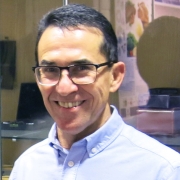 ©AnnaStrom
©AnnaStrom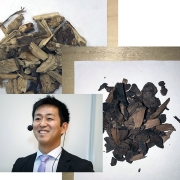 Courtesy Kentaro Umeki. Collage by Anna Strom
Courtesy Kentaro Umeki. Collage by Anna Strom ©AnnaStrom
©AnnaStrom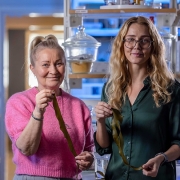 LTU
LTU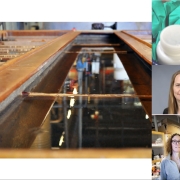 Bio4Energy
Bio4Energy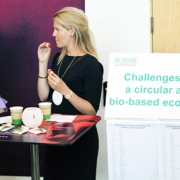 ©AnnaStrom
©AnnaStrom





 ©AnnaStrom
©AnnaStrom